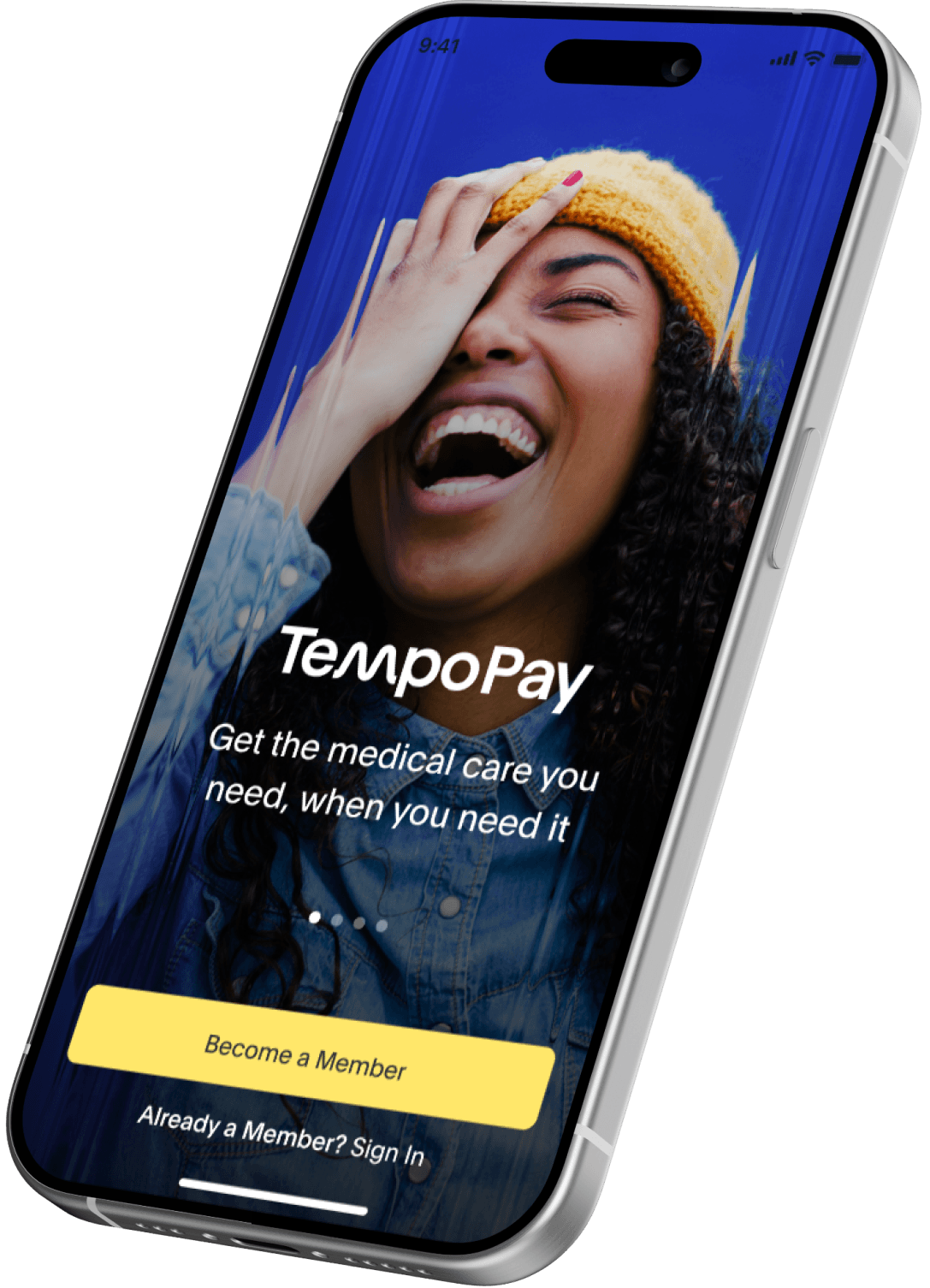How companies can help employees brace for rising healthcare costs

“The United States has by far the most expensive health care system of any country in the world.” This is the opening sentence from a blog written by The Commonwealth Fund in March 2013.
Ten years later, that statement continues to mirror leading headlines you’ll find today and has been compounded by the unprecedented effects of a global pandemic, record-breaking inflation, and a potential recession. This perfect storm of events has had a devastating effect on employees in the U.S. and has led to tremendous financial hardship for many.
A recent Bloomberg article shared that 64% of U.S. consumers reported living paycheck-to-paycheck at the end of 2022, including a large increase in those earning over $100,000 annually. The effects of financial stress have caused emotional and mental stress for many employees as they struggle to make ends meet and worry about their financial future.
Healthcare costs will continue to rise
As employees catch up on care that they delayed or deferred due to the pandemic, employers saw health benefits costs rise by 6.2% in 2021 and 3.2% in 2022. This is lower than current inflation rates, but the full impact of rising costs likely won’t be felt until later this year as healthcare providers and health plans renew multi-year contracts– accelerating growth in late 2023 and beyond.
Employers are taking a close look at their existing benefits programs and seeking to close gaps or replace ineffective solutions.
This reality, paired with a challenging labor market has employers looking for new ways to attract, retain, and engage employees. They’re taking a close look at their existing benefits programs and seeking to close gaps or replace ineffective or irrelevant solutions. The value and impact of vendor solutions will play an increasingly important role in which benefits companies choose to implement.
Addressing the link between financial and physical health
While many U.S. employers have avoided shifting rising health insurance costs to employees this past year, the most common challenge employees still reported was affording healthcare expenses that weren’t covered by insurance (KFF, 2022).
An employee’s financial well-being is the strongest predictor of their daily stress level – regardless of income.
Employers are in a tough spot, balancing increasing costs against the significant pressure to maintain or lower health plan costs for employees. When health plan costs outpace wage growth the negative effects of cost-shifting impact both employers and employees:
Employees must dedicate more of their budget to baseline costs such as increased premiums and deductibles. When employees are worried about covering daily expenses, they tend to avoid care due to fear of unexpected costs.
48% of insured adults reported avoiding recommended care due to costs. When employees delay care their unmonitored health conditions worsen and they get sicker. Unwell employees miss more work, are less productive, and inevitably experience higher costs when they finally seek treatment.
Women, Black, Native, and Hispanic people, young people, and low to middle-income individuals are more vulnerable to the compounding impacts of reduced household budgets, the most impacted by increased costs, and the most likely to delay or avoid care due to cost.
An employee’s financial well-being is the strongest predictor of their daily stress level – regardless of income. Chronic stress leads to poor mental and physical health. Unmonitored health conditions lead to higher medical and plan costs. Unhealthy employees result in lower productivity and increased absenteeism at work.
Employers must think about how they can bridge the gap between employees’ financial and physical health, as the two are critically linked.
Interest-free healthcare financing as an employer benefit
Providing access to interest-free healthcare financing as a benefit can help employers retain employees and increase productivity. This solution provides financial resources for employees to access the care they need immediately without fear of the impact on their everyday budget.
With access to an interest-free payment card like TempoPay, employees don’t have to worry about the financial burden of unexpected healthcare costs.
With access to an interest-free payment card like TempoPay, employees don’t have to worry about the financial burden of unexpected healthcare costs or wait until they have enough money saved to pay for the expense. Nor do they have to fear the cost of important screenings or recommended care– they can use their card to pay the provider immediately and repay the balance on their own terms.
Keeping healthcare in the budget
Are your employees watching their disposable income shrink? Keep healthcare in their budget with TempoPay. Our team is prepared to help your company build a business case for implementing interest-free healthcare financing.
The benefit employees need now
We provide financial support year-round and can be implemented throughout the year.

